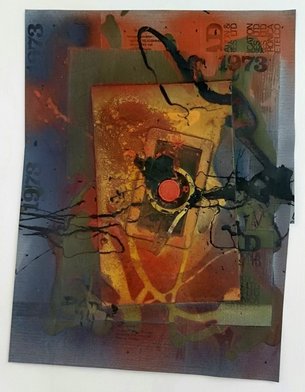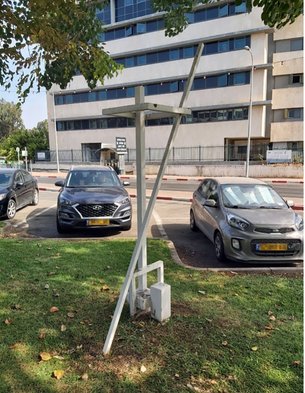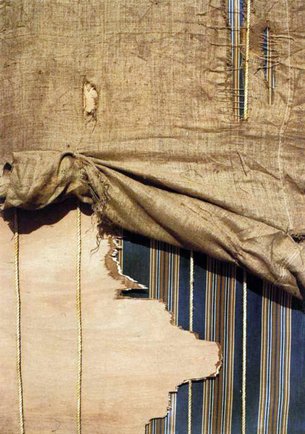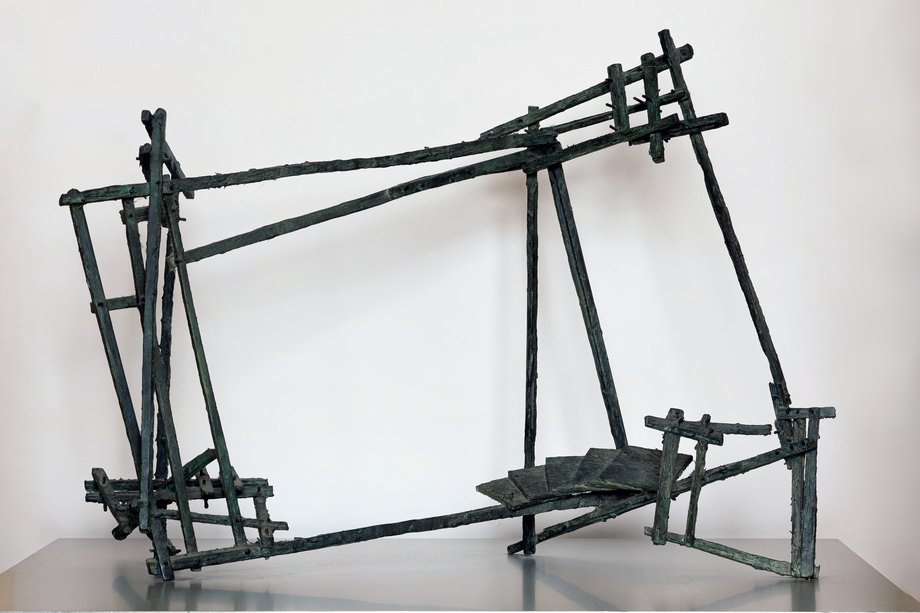Bimat Sikaron - Stage of remembrance
In 1991, Dan Richter-Levin created the sculpture Bühne der Erinnerung(Bimat Sikaron) to commemorate the beginning of the deportation of Jewish citizens from Hamburg on October 25, 1941.
On the initiative of Professor Urte Clasing and other lecturers, this work of art was purchased by the university on the occasion of the renaming of the old building to "Budge-Palais". In his speech at the ceremony, the artist made a connection between the fate of Henry and Emma Budge's legacy and his work.
A charity concert was held to raise funds. Today, the sculpture stands in the entrance area of the university's Budge Palace, inviting people to remember and making remembrance visible to the public.
Ceremony
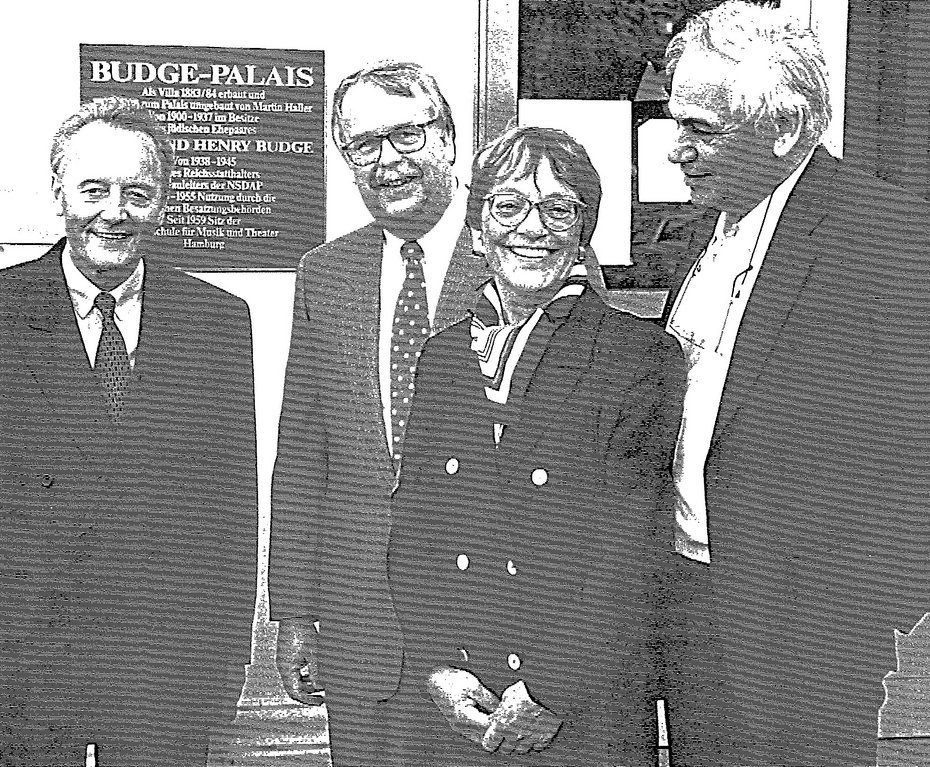
Hermann Rauhe, Leonhard Hajen, Urte Clasing and Dan Richter-Levin at the inauguration ceremony for the "Stage of Remembrance" sculpture
About the sculpture
In Hebrew, "birma" refers to the stage or podium and also means the hill - a place to which one ascends: the altar, the burial mound, the tomb. In the synagogue, this is the elevated place where the Torah is read. The stage of the sculpture thus symbolizes the podium of remembrance. The five filled frames can be understood as steps - as a symbol of the ascent of the dead to eternal rest in holiness (as it says in the Jewish prayer for the dead). They can also refer to the pages of the "Book of Life", in which, according to Jewish belief, a person's moral and religious record is entered at the New Year: their guilt and sin, but also their faithfulness, morality and charity.
The form of the "frame" is a central, recurring motif in the artist's sculptural works. Frames delimit, contain, they direct the gaze to what is visible within their boundaries - and at the same time make us aware of what remains excluded. Framing is a challenge: it can provide orientation, inspire pause, or even call for breakage. Frames are part of life - once you have broken one, the next one is often already there. They also have a symbolic meaning: political, social and cultural "frameworks" shape our perception, they can restrict, but also offer protection and support.
By combining the different frame shapes into an expansive, nested overall construction, they refer to the variety of possible viewpoints and perspectives - and encourage us to constantly rethink our own position in space.
"For me, frames are gateways that lead into and out of sculptures. They open up spaces, perspectives and references for the viewer, making it possible to penetrate the intellectual world of the sculpture. This is an invitation to experience something. The experience, however, depends directly on the viewer's willingness and ability to track down the mental aspects of the sculpture. Without the emotional involvement of the viewer, the emperor is left without clothes." (Dan Richter-Levin)
Dan Richter-Levin (1926-2015) - doctor, sculptor and painter
Dan Richter-Levin was born in Tel Aviv in 1926, the son of Jacob Richter, an intellectual who had immigrated from Germany, and Anya-Esther Levin, daughter of the well-known Zionist politician Shmaryahu Levin. His uncle, the Dadaist (film) artist Hans Richter, was a formative family influence.
He showed an interest in art from a young age, although this initially remained in the background. During the Second World War, he served as a driver in the British Army's Pioneer Corps, which was part of the Jewish Brigade, and fought against National Socialism in Italy. These experiences, as well as the experience of the Shoah, had a profound impact on his attitude to the culture of remembrance.
After the war, he began studying medicine in Switzerland and completed it in London. He became a surgeon and was head of the urology department at the Rambam Medical Center in Haifa for over twenty years. At the same time, his artistic work developed, which he pursued from the 1950s onwards - without any actual formal training.
His early works - oil paintings, collages and prints - were based on photographs. From the 1960s onwards, he increasingly turned to sculpture. He created abstract works from wood, metal, fabrics and corrugated cardboard, often from discarded materials. These assemblages and sculptures thematize "frames" - both literally and figuratively - as a symbol of limitation, protection and social order.
Dan Richter-Levin lived in Haifa until his death in 2015, but regularly spent time in Germany, where many of his works were exhibited and appreciated.
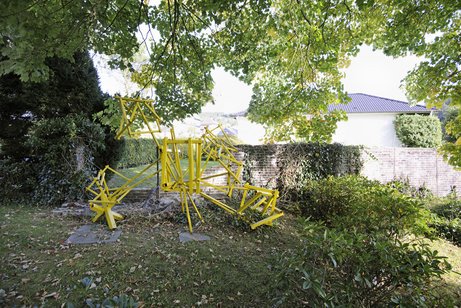
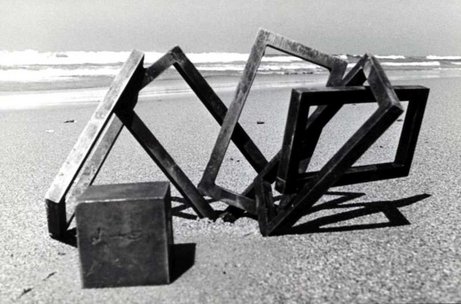
Other works by Dan Richter-Levin
